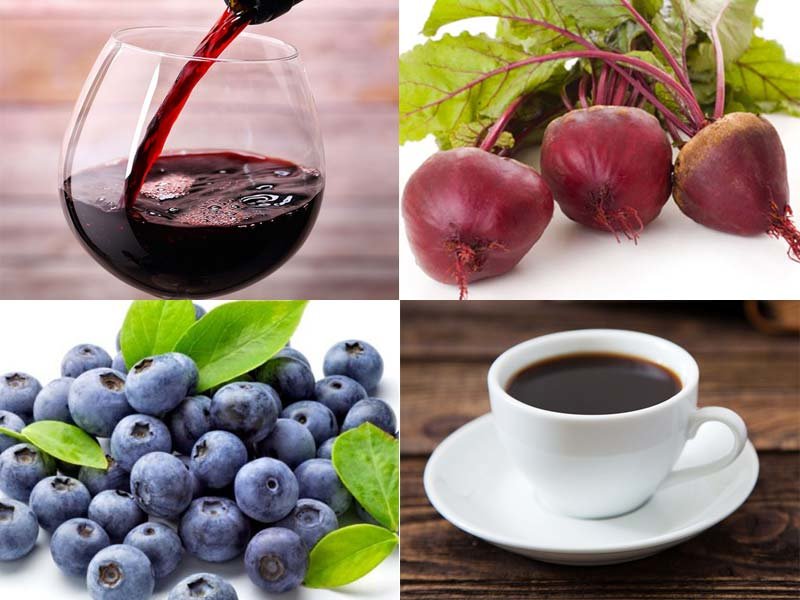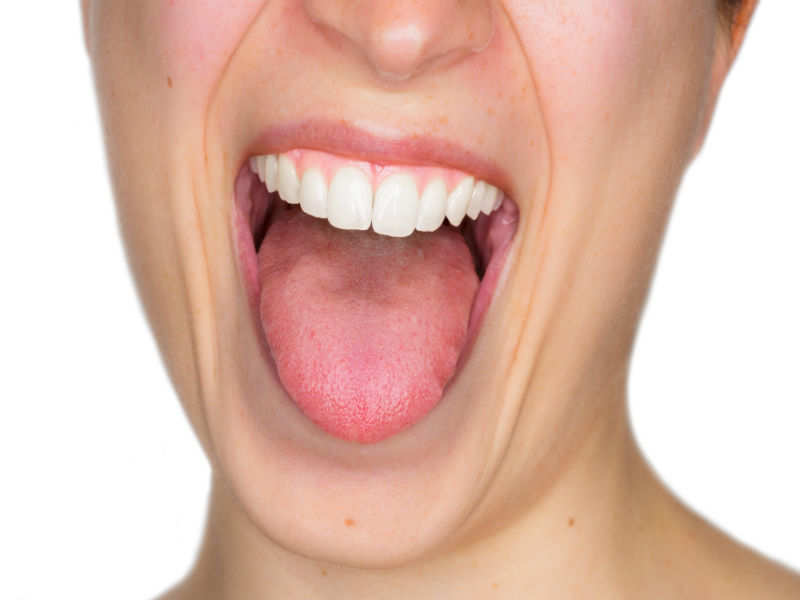Stains
Coffee and a few specific things can stain your teeth. Some of these can also stain the teeth while wearing down the enamel, thereby increasing yellowing exponentially. Other common sources of teeth staining are using tobacco products, including smoking it, and even certain kinds of antibiotics.
Now that we know how our teeth grow yellow over time, here’s how we can undo the damage already caused and whiten our teeth;
-
Dietary changes help

By eliminating foods, which stain our teeth, we can avert further staining. Beverages and foods, which have tannins, for instance tea and wine, can stain teeth. Dark colored sodas, juices and coffee also need to be avoided to prevent staining. Because acidic foods cause issues with enamel thinning, citrusy foods must be avoided too. Or else, you have to brush your teeth right after consuming them. As Dentists recommend that we must brush only 30 minutes after eating, you must follow this rule. Acids already weaken the enamel, so if you brush too soon, you could cause more harm than good. Bidding goodbye to smoking and tobacco products will rid you of nicotine stains and it prevents gum disease and tooth decay, as they both lead to oral cancer and enamel damage.
-
Oil pulling may help
Oil pulling sounds exotic but it is nothing but washing the mouth cavity with oil to get rid of bacteria, debris and dirt. Of course, this procedure does not replace your regular brushing and flossing, but researcher suggests that this oil wash can whiten our teeth. Oil pulling is unconventional dentistry and many naysayers say that there is no scientific data that it helps at all. But you can judge for yourself, by rinsing your mouth with oil for a minute, right after you brush your teeth, and then immediately spit it out. Some of the more common oils, which are suitable for this, are; sunflower oil, sesame oil and coconut oil.
-
Using baking soda for brushing

Baking soda is known to gently polish away any stains from the surface of our teeth. Some worries do arise that baking soda is too abrasive, harsh and can grind away the enamel, but research has found it to be safe. Not only does it fight off bacteria, it also reduces plaque and prevents tooth decay.
-
By using hydrogen peroxide
The chemical, Hydrogen peroxide is mild natured bleach, which can help whiten your stained teeth. For best results, a person can use hydrogen peroxide mixed with baking soda to brush for 1–2 minutes twice a day for a week, but only occasionally and not as a substitute for regular brushing, as it causes tooth sensitivity. It is best avoided by people who have sensitive teeth.
-
Whitening with fruit
Bromelain and Papain are enzymes, which are found in pineapples, and papayas, which are useful if you want to whiten your teeth. Preliminary study results show that the compounds only offer mild whitening effects; while other say that more research is needed about the beneficial uses of these fruit enzymes.
-
Maintain good oral hygiene for pearly whites

This one is like stating the obvious but by maintaining excellent oral hygiene, we can reduce tooth yellowing as regular flossing and brushing protects the enamel, removed stains and prevents gums from decaying. While flossing removes the built up plaque between teeth, brushing with a fluoride-based toothpaste, twice a day, fights and reverses tooth decay.
Some natural remedies are often ill advised, so avoid using apple cider vinegar, oranges, lemons and activated charcoal. For the worse off cases, it is best advised that a dentist is approached, as professional teeth cleaning are a fast and painless procedure, these days.